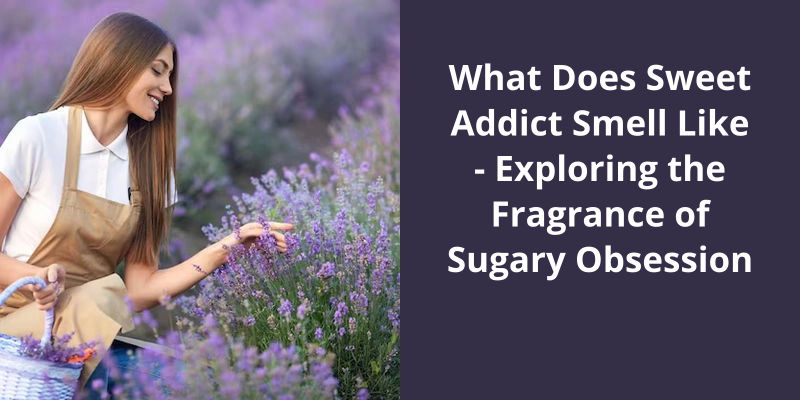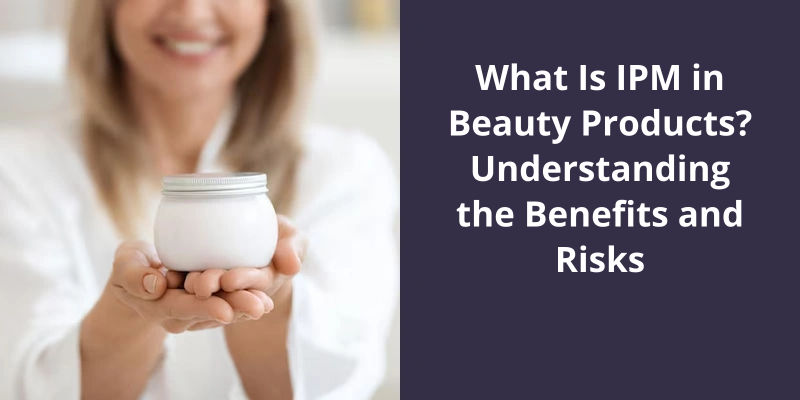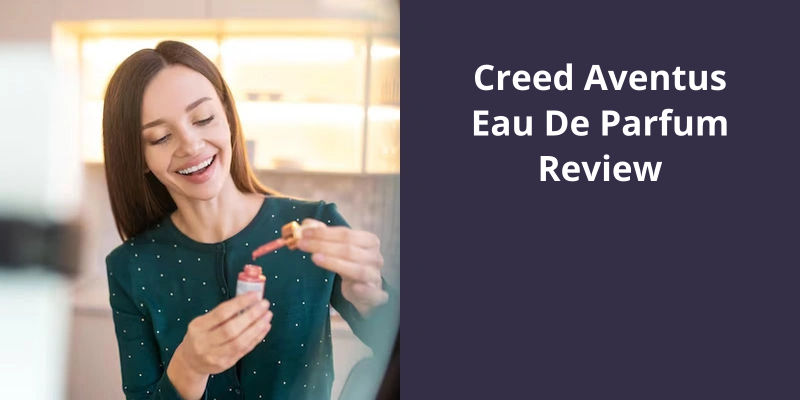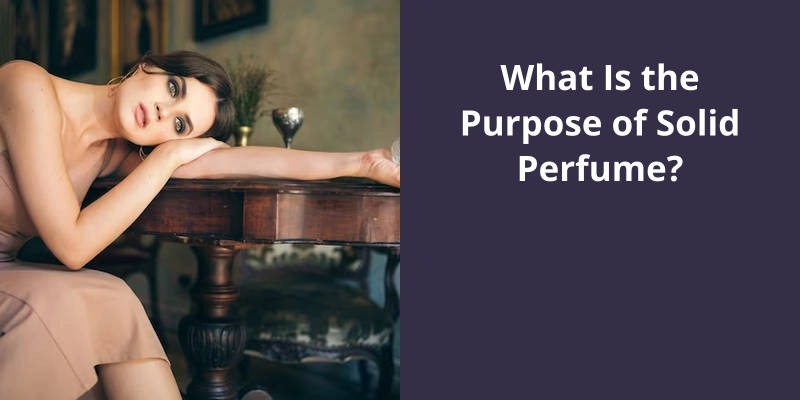Lilial, also known as lily aldehyde or butylphenyl methylpropional, is a synthetic fragrance commonly used in cosmetics, soaps, cleaning products, and fine perfumes. It emits a strong floral scent that mimics the natural smell of lilies and is particularly known for its fresh and clean aroma. Although it’s widely used, safety concerns have arisen in recent years regarding its potential for causing allergies and skin irritation. Consequently, its use has been restricted in some regions including Europe, but it remains popular in many other areas. The future of Lilial in fragrance composition is uncertain, but its unique scent has undoubtedly contributed significantly to the perfume industry.

Is Lilial a Fragrance?
The chemical compound Lilial, also known by it’s chemical name Butylphenyl Methylpropional, is commonly used in the fragrance industry as an ingredient in perfumes, soaps, and other personal care products. It’s fragrance is described as floral and is often used as a substitute for lily of the valley or lilac scents.
Despite it’s popularity in fragrances, Lilial has been identified as a potential skin sensitizer. The European Union’s Scientific Committee on Consumer Safety has designated Lilial as a priority allergen and recommends that it’s use be limited in cosmetic products. Other studies have also found that Lilial can cause allergic reactions in certain individuals, leading to skin irritation or even anaphylaxis in severe cases.
To ensure the safety of consumers, many regulatory agencies around the world have implemented restrictions on the use of Lilial in cosmetic products. In the European Union, for example, Lilial is considered a restricted substance under the REACH regulation and must be included on product labels if it’s concentration exceeds 0.01%.
By taking precautions and avoiding products that contain Lilial, consumers can help protect themselves from unwanted skin irritations and other health issues. It’s important for manufacturers to be transparent about the ingredients they use and for regulatory agencies to continue to evaluate the safety of fragrance ingredients to ensure that consumers are protected.
Alternatives to Lilial in Fragrance Industry
- Ambermax
- Ionone beta
- Cyclopentadecanolide
- Exaltolide
- Musk T
- Octabenzone
- Floralozone
- Galaxolide
- Para Cresyl Methyl Ether (PCME)
- Dihydromyrcenol
However, lilial offers a synthetic alternative which mimics the scent of these flowers without the environmental harm. It’s unique properties make it a popular choice among manufacturers looking to create appealing fragrances for their products. But it’s not just the scent that lilial brings, there are other properties which make it a valuable ingredient in many formulations.
Why Is Lilial Used?
Lilial is a synthetic ingredient that replicates the fragrance of lily-of-the-valley and is commonly used in fragrance formulations. It’s an intense, fresh and floral scent that’s highly appreciated by consumers. It’s a very versatile ingredient that can be used in different concentrations to create different levels of scent intensity.
Lilial is also used because it’s cost-effective. Natural lily-of-the-valley extract is expensive and difficult to obtain in large quantities. Synthetic lilial, on the other hand, is readily available and can be produced in bulk. This makes it a more affordable and accessible option for product manufacturers.
By using synthetic ingredients like lilial in fragrance formulations, manufacturers can reduce their reliance on natural resources. This is important for protecting the environment and ensuring that resources are used in a responsible and sustainable way.
What Are Some Other Synthetic Fragrances Commonly Used in Products?
- Phthalates
- Musk
- Galaxolide
- Coumarin
- Benzophenones
- Linalool
- Lilial
- Limonene
- Citral
Source: Lilial Unilever
Now that we know what Lilial is and it’s natural sources, let’s explore it’s uses and potential impact on human health.
Where Is Lilial Found?
Lilial is a natural compound that’s widely used in the fragrance industry due to it’s unique and pleasant aroma. While it’s often assumed that Lilial is a synthetic molecule created in a lab, it’s actually a naturally occurring product found in a number of different plant species. Specifically, Lilial can be found in Pinellia ternata and Solanum lycopersicum, which are commonly known as the Chinese tuber plant and the tomato plant, respectively.
This part of the plant is often used in traditional Chinese medicine to treat a variety of ailments, including respiratory infections, coughs, and asthma. It’s believed that Lilial may play a role in some of these medicinal properties, although further research is needed to fully understand the mechanism of action.
Solanum lycopersicum, on the other hand, is the scientific name for the tomato plant. While Lilial isn’t present in all tomato varieties, it’s been detected in some cultivars. The exact function of Lilial in the tomato plant isn’t well understood, but it’s believed to play a role in protecting the fruit from pests and other environmental stressors.
Despite it’s natural origin, Lilial has come under scrutiny in recent years due to concerns over it’s safety. Some studies have suggested that the compound may have negative effects on hormone levels in humans and could potentially be carcinogenic.
While it’s primarily known for it’s use in the fragrance industry, it’s presence in natural plant species like Pinellia ternata and Solanum lycopersicum suggests that it may have additional medicinal and ecological functions as well. As research into this compound continues, we’re sure to learn even more about it’s unique properties and potential benefits.
The History and Development of Lilial in the Fragrance Industry
Lilial is a synthetic fragrance ingredient that was first developed in the 1960s. It’s a floral scent and is often used in perfumes, soaps, and other personal care products. While Lilial was initially well-received in the industry, concerns about it’s safety and environmental impact have led to some restrictions on it’s use. Despite this, Lilial remains a popular fragrance ingredient and is still used in many products today.
While some may still be wondering whether Dove contains Lilial, a commonly used synthetic ingredient in fragrances, the fact of the matter is that this substance has been banned for use in cosmetics. Despite this ban, Dove took proactive measures to remove Lilial from all of their formulas prior to the ban taking effect. This decision underscores the company’s commitment to providing safe and high-quality products for consumers across the globe.
Does Dove Contain Lilial?
Dove, the iconic beauty brand known for it’s gentle and nourishing formulas, has become a household name around the world. For years, the brand has been associated with quality, effectiveness, and safety, and millions of people trust Dove products every day. However, in recent years, there have been concerns that Dove products may contain Lilial, a synthetic ingredient that’s been linked to various health issues. So, the question remains, does Dove contain Lilial?
Despite it’s widespread use in beauty products, Lilial is known to cause various health concerns, including allergic reactions, hormonal disruption, and liver toxicity. As such, many health authorities around the world have banned Lilial for use in cosmetics.
For example, the brand has pledged to remove microplastics from all of it’s products by the end of 2020, and it’s also been proactive in reducing it’s use of certain chemicals that can be harmful to the environment. These efforts reflect Doves commitment to sustainability and responsibility, as well as it’s dedication to creating safe and effective products.
Now that we know the key ingredients responsible for Lyral perfume’s potency and popularity, let’s dive into some of the other interesting aspects of it’s history and use.
What Are the Ingredients in Lyral Perfume?
Lyral perfume has become a staple scent in todays beauty industry. It’s an iconic fragrance that’s captured the hearts of millions of people worldwide. The ingredients behind Lyrals signature scent are a combination of myrcenol and acrolein. Myrcenol is a terpene alcohol commonly used in fragrances and has a powerful green, fruity odor. It’s addition to Lyrals formula gives it a unique and long-lasting scent that stays on the skin for hours. Acrolein, on the other hand, is a highly reactive organic compound that contributes to Lyrals sharp floral undertones.
It’s often compared to the fragrance of Lily of the Valley, which is one of the worlds most popular fragrances. The result is a fragrance that’s both floral and fresh, with an underlying earthy essence that adds depth to the scent. The combination of these two main ingredients, among others, creates a distinctive scent that’s ideal for both casual and formal occasions.
This includes skincare products, hair care items, lotions, shampoos, conditioners, and more.
It’s a testament to the enduring popularity of the fragrance and it’s ability to remain relevant even after decades of being in the market.
It’s versatility and long-lasting scent have made it popular in beauty products throughout the world. With it’s sweet, floral notes and earthy undertones, it’s easy to see how Lyral has captivated the hearts of millions. Whether it’s a single spritz or layered with other fragrances, Lyrals iconic scent will continue to stand the test of time.
The History and Origin of Lyral Perfume
Lyral perfume is a synthetic fragrance commonly used in perfumes and household products. It was first created in the 1960s by a British chemist named Leonard Lauder. Lyral was initially used as a substitute for the natural fragrance of lily of the valley, but it became popular for it’s versatile and long-lasting aroma. In recent years, Lyral has been controversial due to it’s potential to cause allergic reactions in some people. Nevertheless, it’s still widely used in the fragrance industry.
Conclusion
The fragrance ingredient offers a floral and woody aroma, making it a popular choice for personal care products, perfumes, and home fragrances. With it’s ability to add a unique and distinct character to fragrances, this scent has become a key ingredient in the fragrance industry. Lilial's popularity is set to continue to grow, reflecting a continuous demand for authentic and rich scents that help to enhance our personal spaces and define our individual identity.





